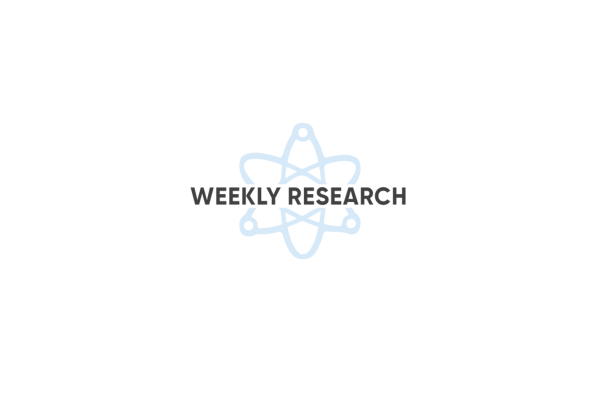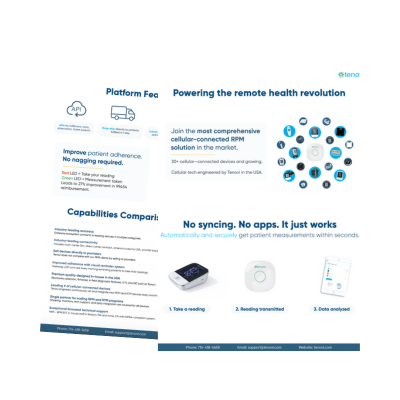Digital mental health monitoring is an approach that leverages wearable technology, remote therapeutic monitoring (RTM) devices or smartphone sensors to track behavioral and physiological data for individuals with mental health conditions. This method is particularly relevant for managing psychosis and schizophrenia, where continual symptom monitoring can lead to earlier interventions and improved treatment outcomes. A recent systematic review published in npj Digital Medicine analyzed how passive data collection through digital devices is being used to monitor schizophrenia and psychosis.
This article will offer insights into the benefits and challenges discussed in the research.
The Role of Digital Mental Health Monitoring in Schizophrenia and Psychosis
Schizophrenia and psychosis are severe mental health conditions that often require long-term management. Symptoms can include hallucinations, delusions, and cognitive impairments. Therefore consistent monitoring of symptoms is best. Traditional mental health assessments rely on patient self-reporting and clinical observations. This format can be infrequent and subjective.
Digital mental health monitoring provides a more objective, continuous way to assess patient status. With remote therapeutic monitoring, passive data is collected from devices such as smartphones, smart pillboxes, accelerometers, and smartwatches.
How Passive Data Collection Enhances Digital Monitoring
The systematic review examined 203 studies that utilized digital mental health monitoring tools to track patients with psychosis and schizophrenia. Among these studies, accelerometers, which measure movement, were the most frequently used device (115 studies), followed by smartphones (46 studies).
The researchers analyzed various behavioral and physiological markers, including:
- Sleep duration: Monitored in 50 studies, as disrupted sleep is a common symptom of psychosis.
- Sedentary behavior: Tracked in 41 studies, as reduced physical activity can indicate worsening symptoms.
- Heart rate variability: Used in several studies to detect physiological stress markers.
By continuously gathering these physiological and behavioral health indicators, healthcare providers can detect subtle changes in activity and sleep patterns. These changes are often early predictors of symptom exacerbation. Learning this information early allows for timely intervention before a full relapse occurs, which can improve patient outcomes and reduce emergency care visits.
Addressing Challenges in Data Collection and Analysis
While digital mental health monitoring offers many benefits, the review also highlighted challenges in data quality, consistency, and analysis. Some studies reported missing data due to participants not consistently wearing devices or technical malfunctions. Additionally, there is currently no standardized approach to processing and analyzing passive sensor data, making it difficult to compare findings across studies.
To improve data reliability and consistency, researchers suggest:
- Developing standardized data collection protocols to ensure consistency across studies.
- Utilizing machine learning techniques to analyze large datasets effectively.
- Incorporating real-time feedback mechanisms that alert healthcare providers to significant changes in patient behavior.
Understanding Digital Mental Health Monitoring
As technology advances, digital mental health monitoring plays an even greater role in mental health management. AI-driven analytics, combined with wearable technology, can provide real-time insights that allow for earlier and more personalized interventions. Potential future developments include:
- AI-powered predictive modeling that can forecast potential relapses based on historical behavioral data.
- Improved sensor technology that provides more accurate and diverse physiological metrics.
- Integration with telehealth platforms, enabling remote mental health professionals to monitor patients without the need for in-person visits.
By leveraging digital mental health monitoring, mental health professionals can enhance care for individuals with psychosis and schizophrenia. This approach has the potential to improve patient quality of life, optimize treatment strategies, and reduce the burden on healthcare systems. As research in this field progresses, the standardization and refinement of digital monitoring methods will be key to maximizing their clinical utility.


